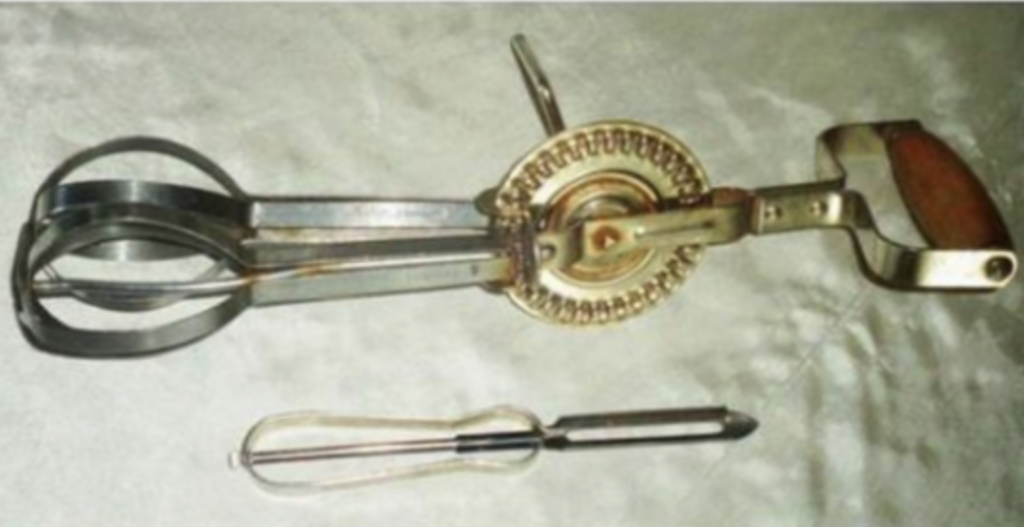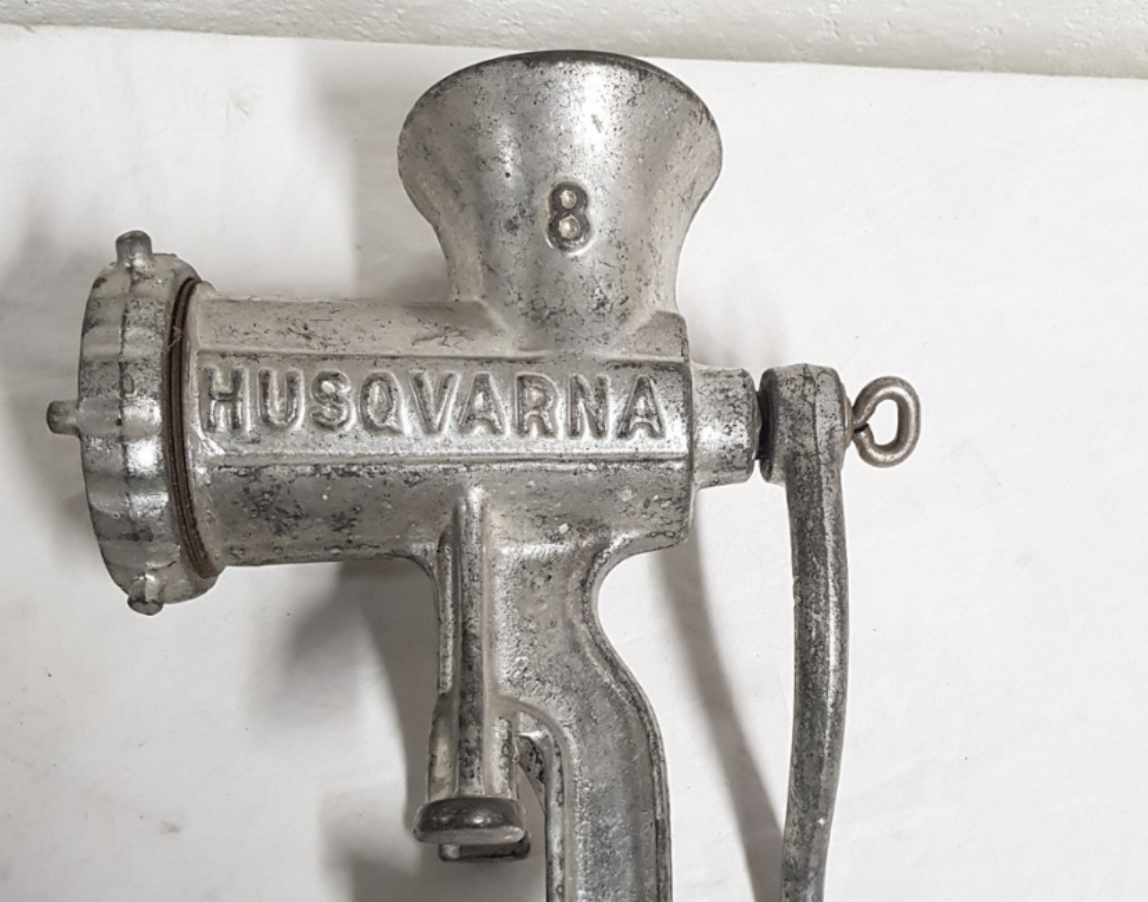Have you ever wondered about the origins of the kitchen tools we rely on every day? Let’s embark on a journey through time to uncover the captivating history of two essential appliances: mixers and meat grinders.
The Birth of the Mixer: A Revolution in Blending
In the mid-19th century, inventors around the world sought ways to simplify and improve the process of mixing ingredients. In 1856, Ralph Collier from Baltimore patented the first mixer with rotating parts, and shortly after, E.P. Griffith introduced the whisk, a game-changing tool for blending.
The Monroe brothers, J.F. and E.P., left their mark with their hand-turned rotary egg beater, which received a patent in the United States in 1859. These early designs caught the attention of the Dover Stamping Company, who acquired the Monroe Brothers’ patent. The Dover egg beaters became a beloved American brand known as the “Dover beater.” They were so highly regarded that a recipe from the Gazette newspaper in Cedar Rapids, IA in February 1929 featured the famous Dover beater in a delightful dessert called “Hur-Mon Bavarian Cream.”
The Electric Mixer Era: Simplifying Culinary Endeavors
It wasn’t until 1885 that the first electric mixer made its debut, thanks to the ingenious mind of American inventor Rufus Eastman. However, it was the Hobart Manufacturing Company that truly revolutionized the industry with their large commercial mixers. In 1914, they introduced a groundbreaking new model that forever changed the landscape of mixers.
During the early 20th century, two popular American brands emerged: the Hobart KitchenAid and the Sunbeam Mixmaster. Although they gained popularity, electric mixers remained a rarity in most households until the 1920s when they began to be widely adopted for home use.
The Stand Mixer: A Game-Changer in Kitchen Convenience
In 1908, Herbert Johnston, an engineer for the Hobart Manufacturing Company, had a moment of brilliance while observing a baker mix bread dough with a metal spoon. He realized there had to be a better way and set out to create a mechanical counterpart to simplify the process.
By 1915, Johnston’s 20-gallon mixer had become standard equipment in most large bakeries. Just four years later, in 1919, the Hobart Manufacturing Company introduced the Kitchen Aid Food Preparer, which went on to become known as the stand mixer. This revolutionary invention quickly became a staple in kitchens across the country.
Meat Grinders: From Hand-Cranked to Electric Marvels
In addition to mixers, meat grinders also have a fascinating history. Karl Drais invented the first meat grinder in the nineteenth century. Initially, these grinders were hand-cranked, pushing meat through a metal plate with small holes, resulting in long, thin strands of flesh.
With advancements in technology and the widespread availability of electricity, manufacturers began creating powered meat grinders. These modern electric grinders enable seamless and uniform processing of several pounds of beef. Some models even come with attachments that add functionality, such as sausage-making, kibbe, and juicing, expanding the range of applications for meat grinders.
So, the next time you’re using your mixer to whip up a delightful cake batter or your meat grinder to mince meat for a savory dish, take a moment to appreciate the rich history and ingenuity behind these trusty kitchen tools. They are a testament to human innovation and the desire to simplify everyday culinary tasks.
In conclusion, kitchen tools have evolved significantly over the years to make our daily cooking adventures more accessible, enjoyable, and efficient. Embrace the wonders of technology in your kitchen and celebrate the remarkable journey that has brought us the mixers and meat grinders we rely on today.





